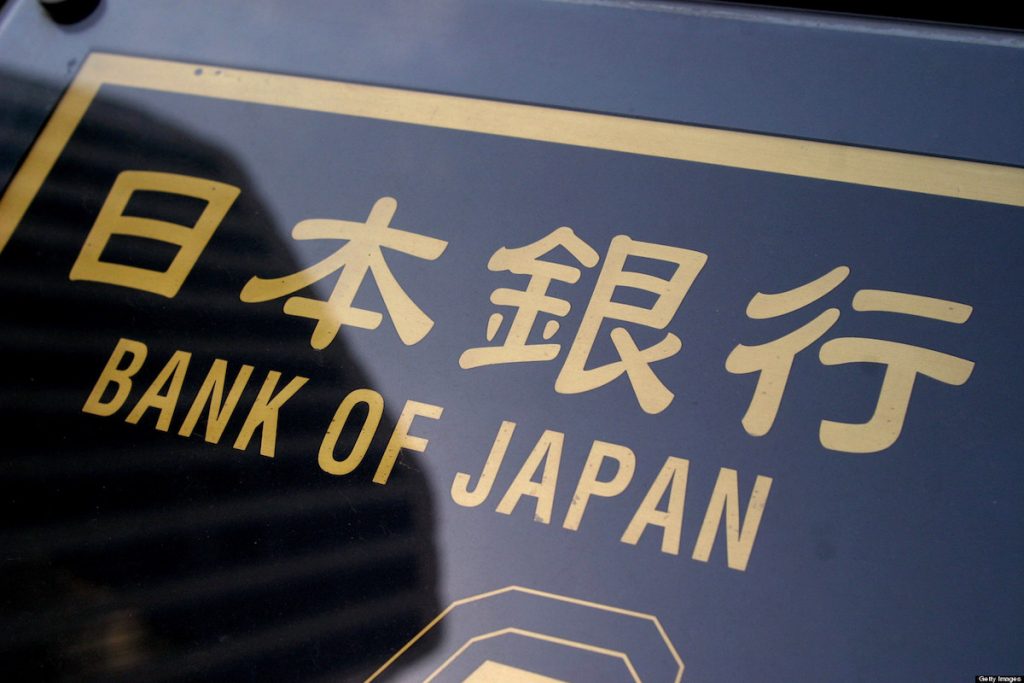USDJPY tumbled more than 20 cents lower during summer, but found support at the 20 monthly SMA and despite the slowdown, buyers remain in charge. The
USDJPY tumbled more than 20 cents lower during summer, but found support at the 20 monthly SMA and despite the slowdown, buyers remain in charge. The 20 monthly SMA held as support despite being pierced, after reversing from below 1.40, while the economy of Japan doesn’t support another rate hike by the Bank of Japan.

USD/JPY has been in an upward trend since mid-September, boosted by momentum from the recent U.S. presidential elections as well last week, climbing around 15 cents from its September low after a three-month decline, sending pair to 154.70. Even recent Bank of Japan (BOJ) remarks on rate hikes haven’t dampened the pair’s strength. Currently, buyers are targeting 160.00 as the next milestone, with 155.00 acting as a key intermediate level—especially if Japanese officials hold off on intervention.
USD/JPY Chart Monthly – The 20 SMA Held As Support
Japan’s economic conditions provide limited grounds for a BOJ rate increase. September data showed Labor Cash Earnings rising by 2.8% year-over-year, below the expected 3.0%, while Real Cash Earnings dipped -0.1%, continuing a two-month slide as inflation strains consumer purchasing power. Household spending also declined, falling by -1.3% month-over-month in September, steeper than the anticipated -0.7%. Year-over-year, spending was down -1.1% for the second month in a row, though less than the expected -2.1% drop.
Market participants are now closely watching BOJ commentary amid the yen’s depreciation, as intervention remains the only option to stop the uptrend in USD/JPY. The chance of intervention may rise significantly if the pair exceeds the 155 or 160 levels. Today, the BOJ released its Summary of Opinions, providing additional insights into its current outlook.
Summary of Opinions from the Last Bank of Japan Meeting
Economic Developments:
- Moderate Recovery: Japan’s economy is on a steady recovery path, though some areas show persistent weaknesses. The positive cycle between income and spending is gradually gaining strength.
- Private Consumption: Private consumption growth remains subdued, but moderate gains in production, employment, and income are expected to support spending, with rising real wages likely providing a further boost.
- Labor Market: Labor shortages are driving up wages, even among small and medium-sized enterprises (SMEs). However, there are concerns about whether these wage increases can be sustained, particularly for low-profit SMEs.
Price Developments:
- Inflation Outlook: The Consumer Price Index (CPI) suggests a gradual rise in underlying inflation, with expectations that inflation will reach the BOJ’s 2% target in the latter part of the forecast period.
- Import Prices: The impact of previous import price hikes is fading, which may affect future CPI growth.
Risks and Considerations:
- External Risks: High long-term interest rates in the U.S. may trigger asset price adjustments, which could negatively impact both consumption and business investment in Japan.
- Foreign Exchange Rates: The yen’s depreciation affects business operations and household sentiment, and a partial recovery in yen value is broadly welcomed.
- Structural Reforms: To support sustainable wage growth, particularly in SMEs, structural reforms focused on business growth and productivity improvements are seen as essential.
Before the announcement, money markets had almost fully priced in a 99% probability that the Bank of Japan (BoJ) would hold its short-term policy rate steady at 0.25%, so the Summary of Opinions from its October 30–31 meeting came with little surprise. Although Japan’s real interest rates remain very low, the central bank reiterated its commitment to achieving the 2% inflation target in a sustainable and stable manner.
The BoJ indicated that it may raise the policy rate in the future if the economy and inflation progress as projected, though recent economic weakness has kept conditions below forecasted levels. The bank also acknowledged ongoing uncertainties around Japan’s economic outlook and inflation, emphasizing the need to closely monitor financial and foreign exchange market shifts and their impact on the economy.
USD/JPY Live Chart
USD/JPY
www.fxleaders.com
